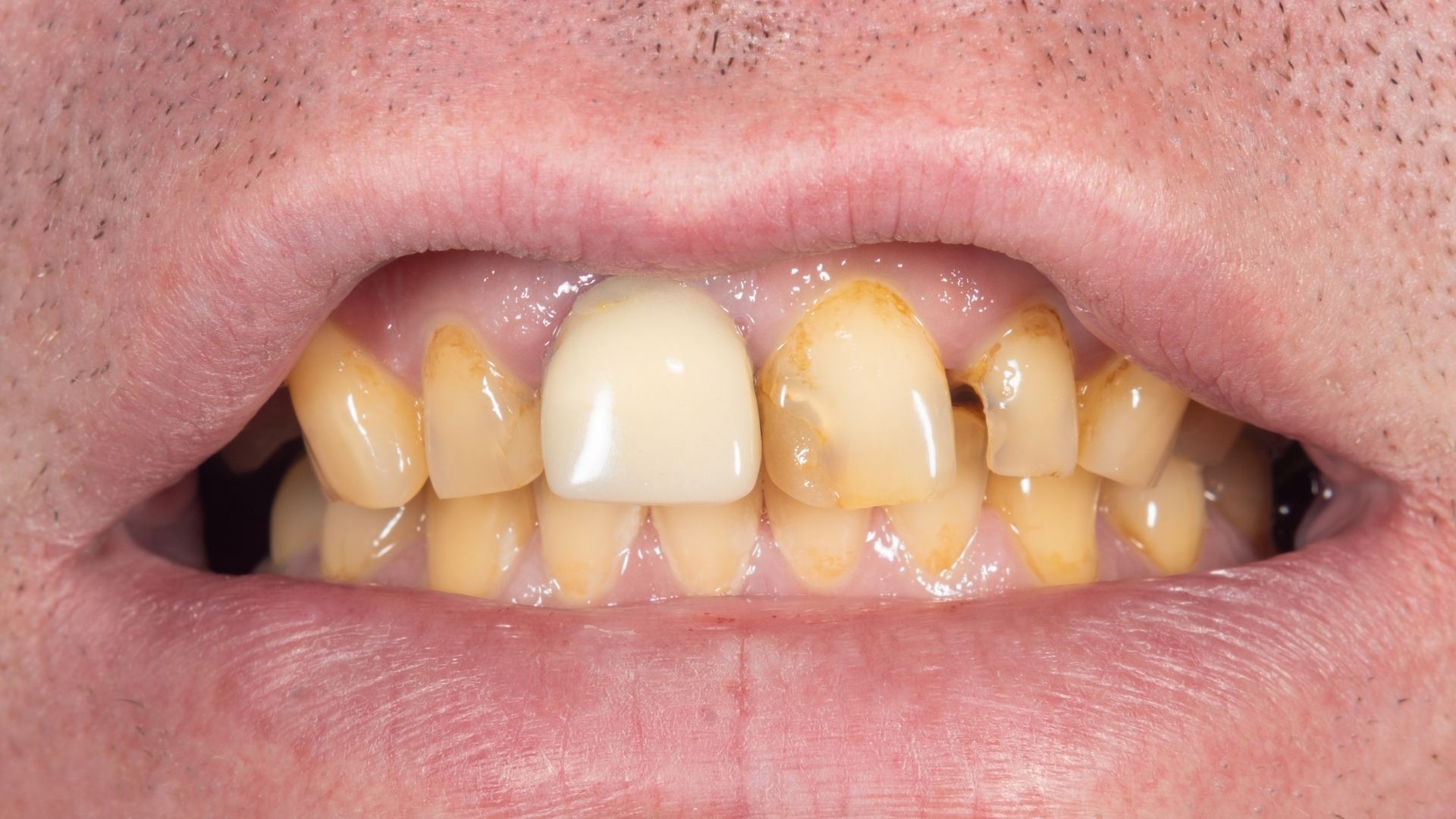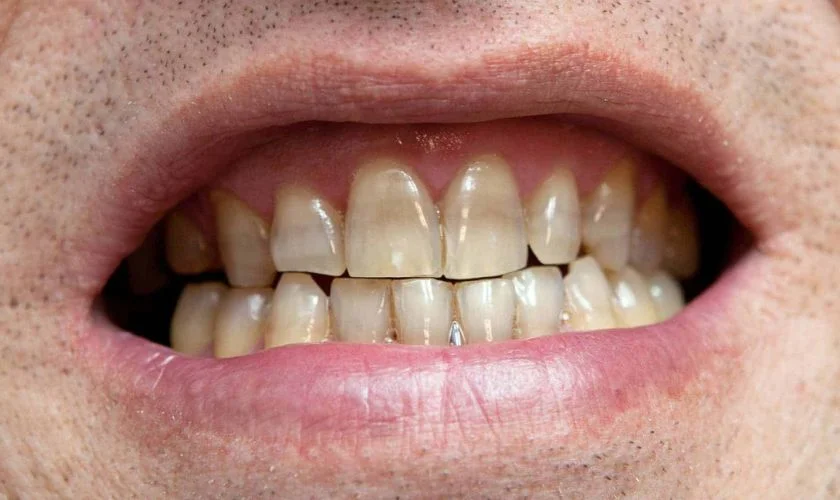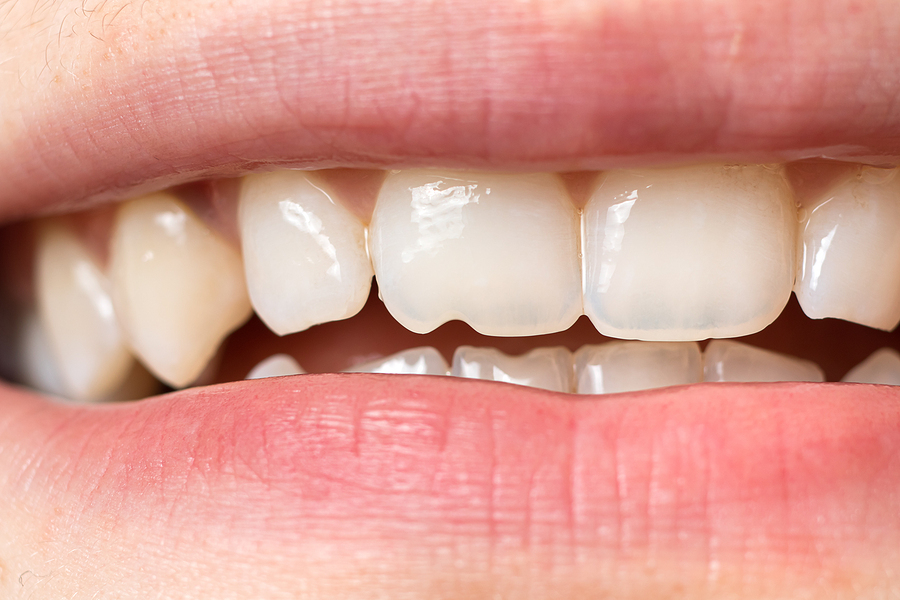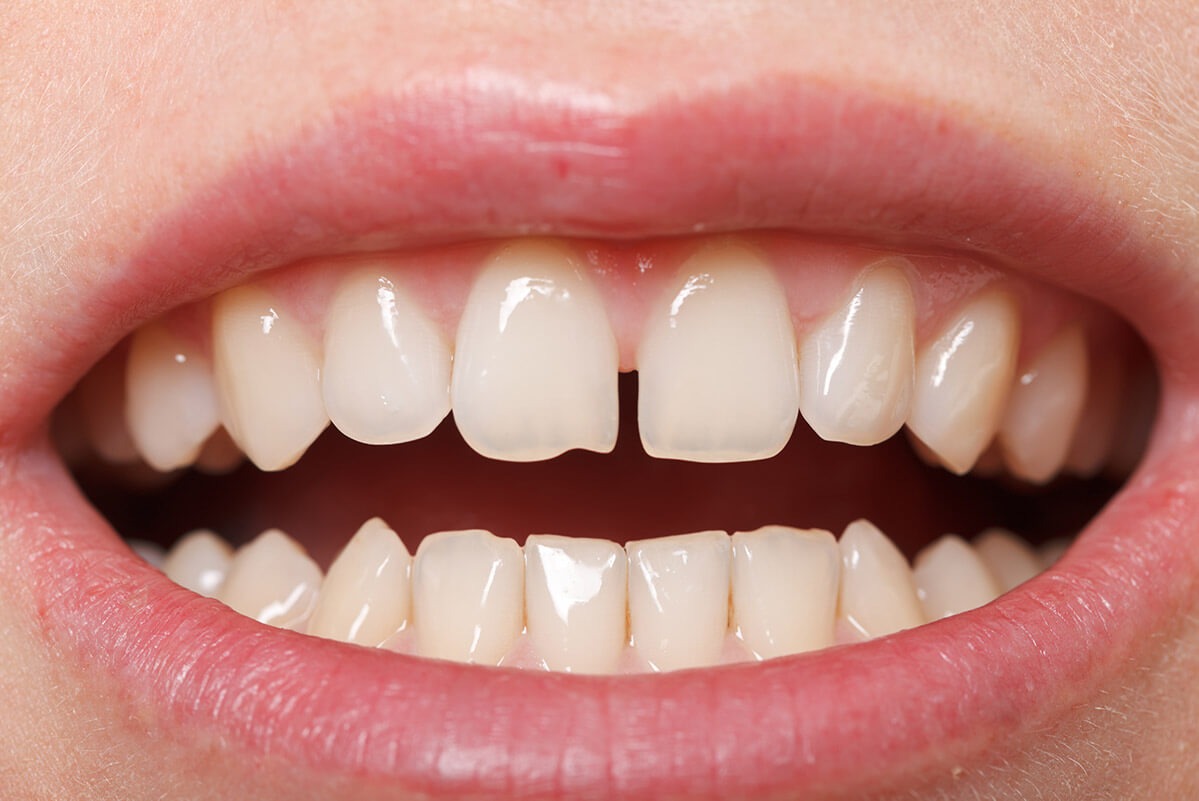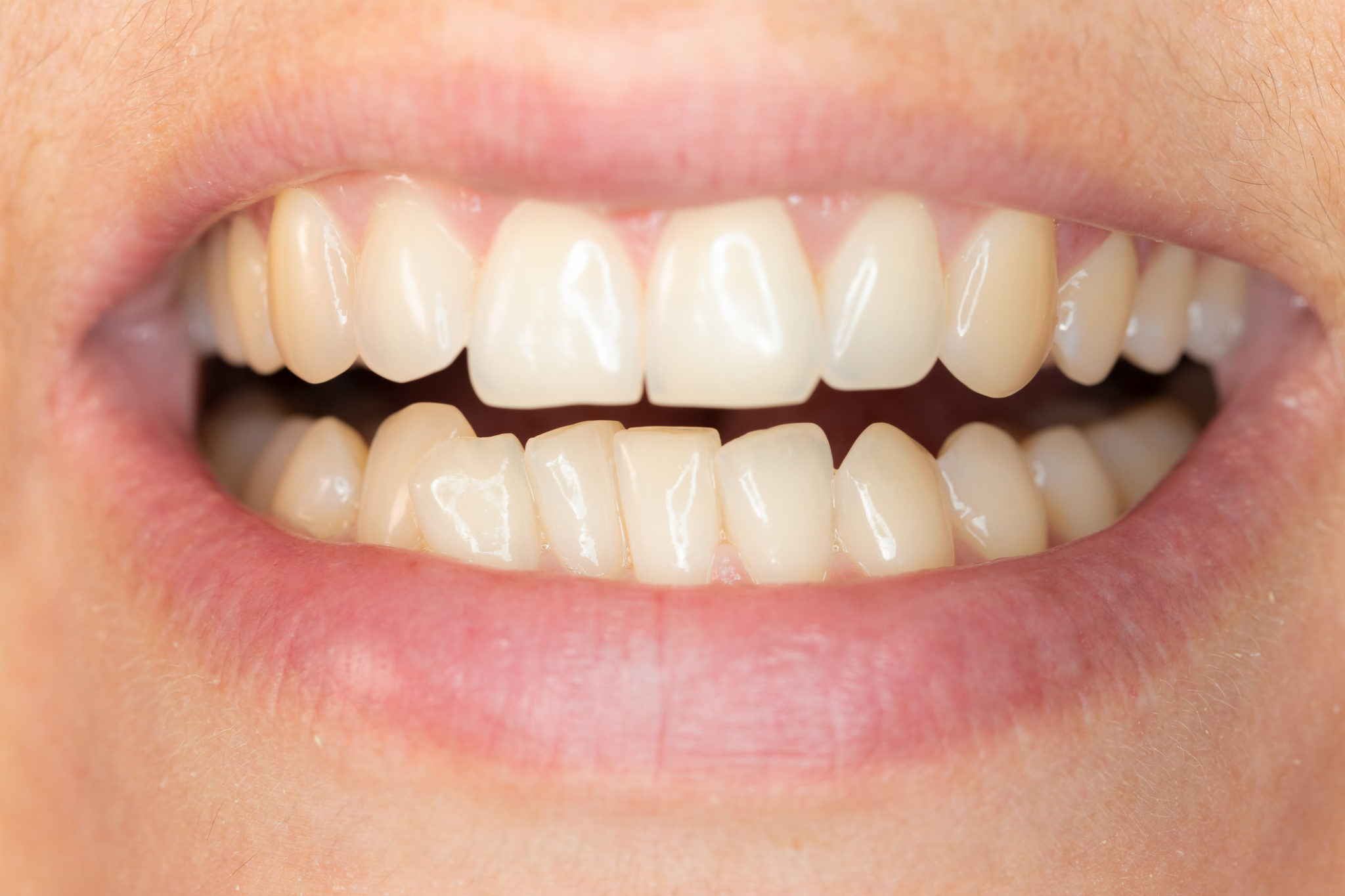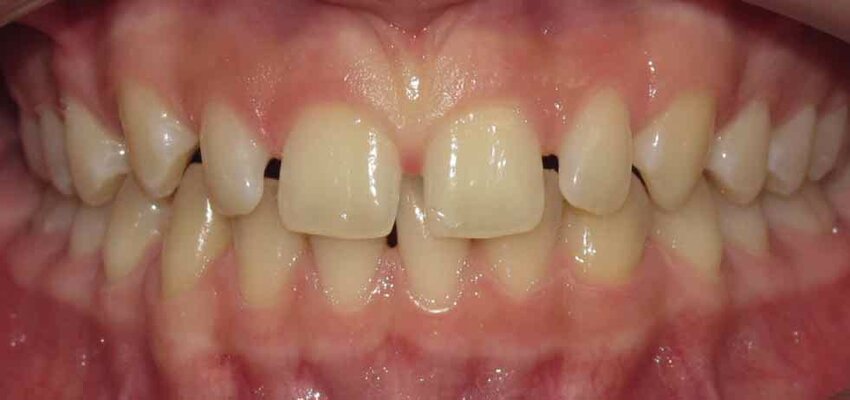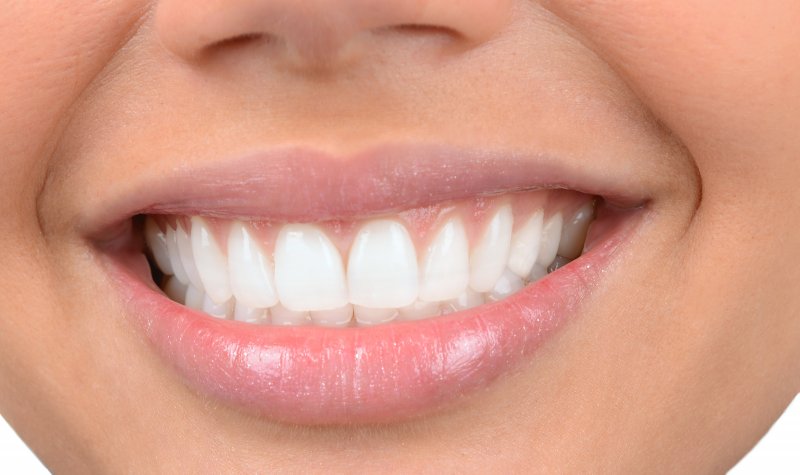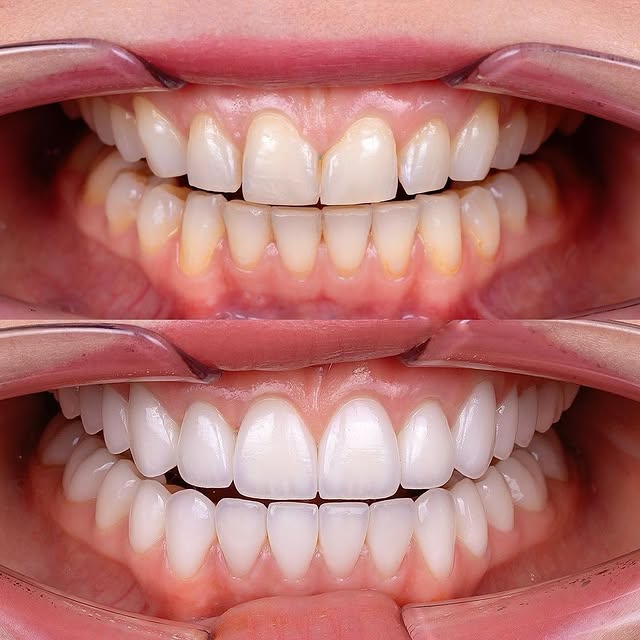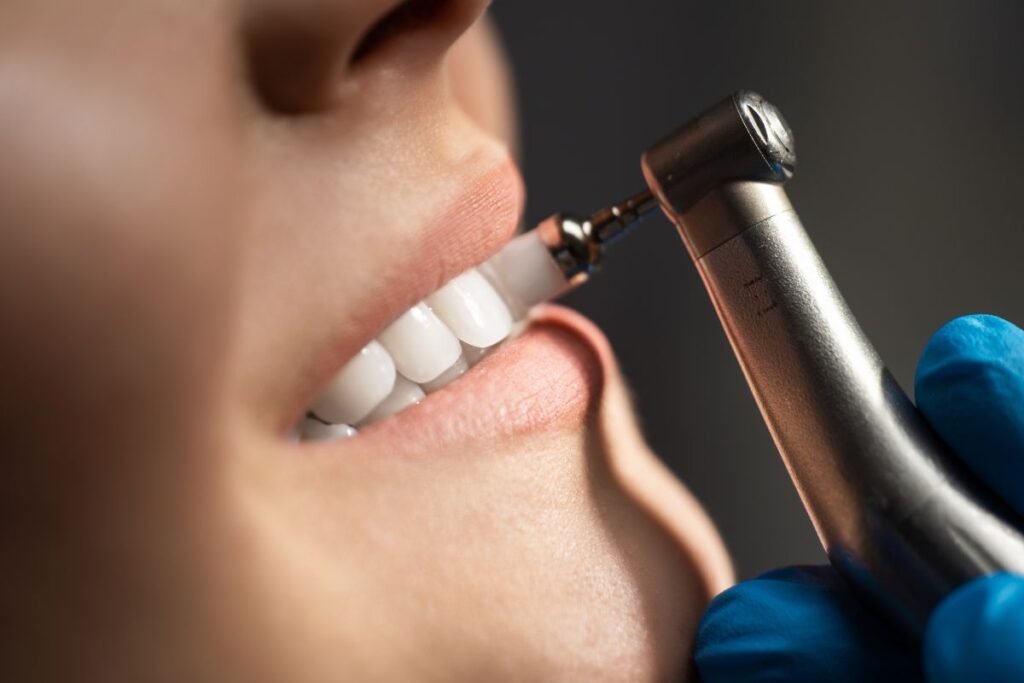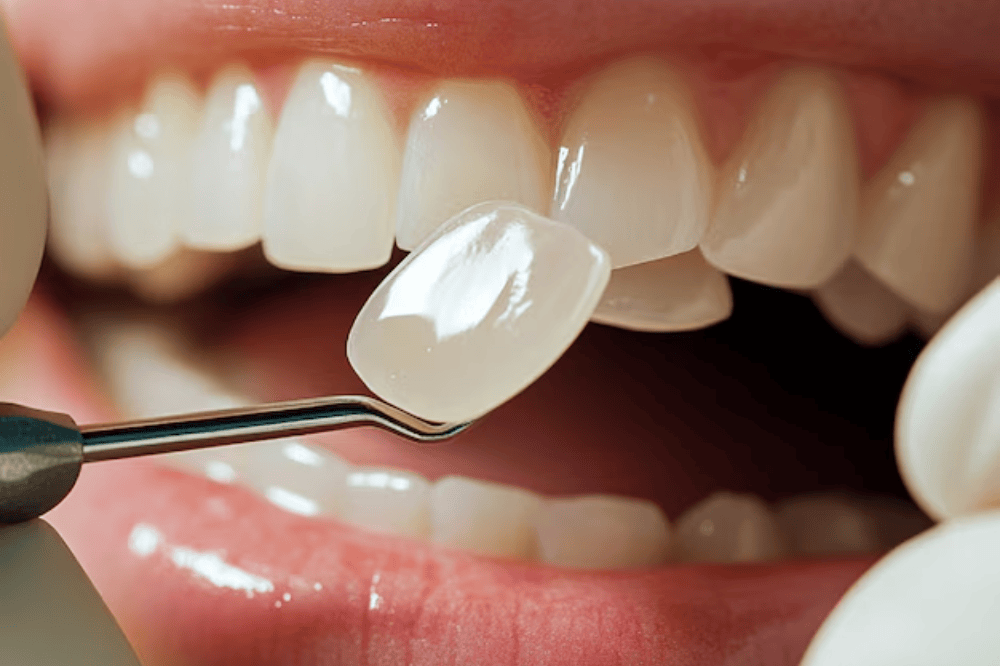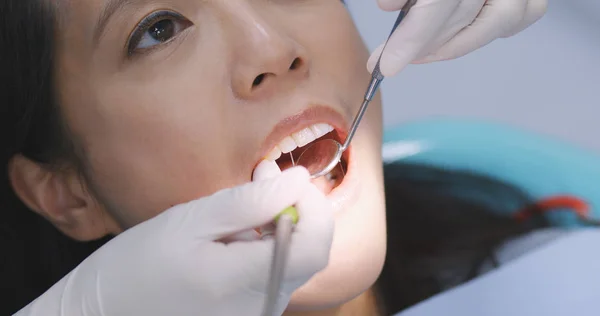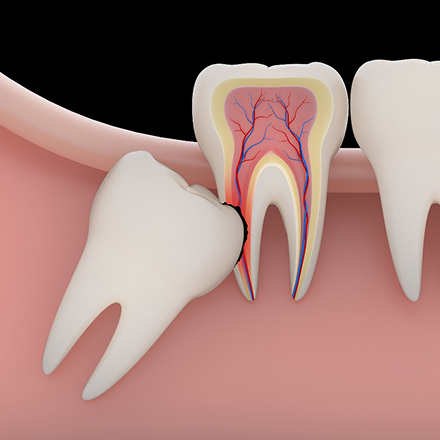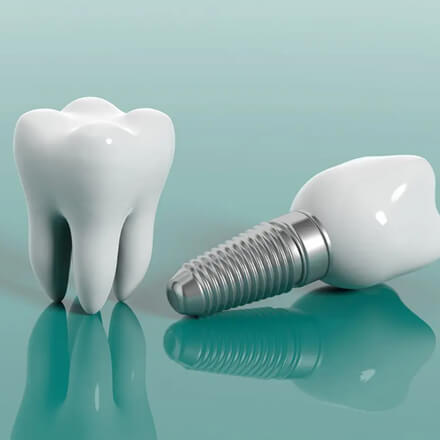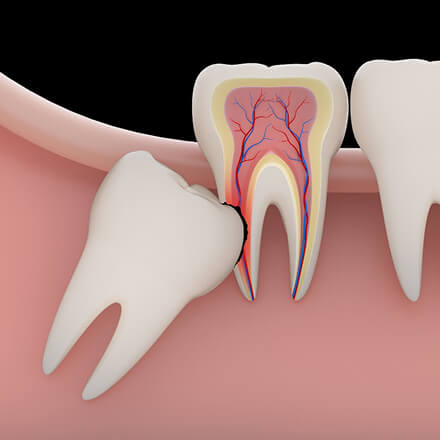Porcelain Veneers
Veneers are a popular cosmetic dentistry solution where a thin layer of porcelain (typically 0.3 – 0.5mm thick) is bonded to the front surface of the teeth to enhance their appearance. This technique improves tooth shape, color, and minor imperfections while preserving the natural tooth structure. Unlike traditional crowns, veneers require minimal enamel reduction, making them a preferred choice for those seeking a radiant smile without compromising their natural teeth.
Veneers vs. Dental Crowns: What’s the Difference?
Veneers are ideal for individuals looking to enhance their smile while keeping their natural teeth intact. In contrast, dental crowns are a better option for those with severely damaged or weakened teeth, as they restore both function and aesthetics.
| Criteria | Veneers | Dental Crowns |
|---|---|---|
| Definition | A thin layer of porcelain (0.3 – 0.5mm) is bonded to the front of the tooth to improve aesthetics. | A full-coverage porcelain cap is placed over the entire tooth after significant reshaping. |
| Tooth Reduction | Minimal enamel removal, only affecting the front surface. | Requires more reduction (0.6 – 1.5mm) around the entire tooth. |
| Tooth Preservation | Preserves nearly all of the natural tooth. | Involves reshaping the tooth, which alters its natural structure. |
| Durability | Lasts 10 – 15 years with proper care. | Can last 10 – 20 years, depending on the material and maintenance. |
| Aesthetic Appeal | Ultra-thin, highly natural-looking, blends seamlessly with real teeth. | Also looks natural but may appear slightly thicker than veneers. |
| Tooth Protection | Primarily for aesthetics; not recommended for weak or heavily damaged teeth. | Provides stronger protection, ideal for weakened or root canal-treated teeth. |
| Cost | Generally more expensive due to the advanced technique required. | Often more affordable, depending on the type of material used. |
Both options have their advantages, and the best choice depends on your dental condition and aesthetic goals.
Who Should Consider Veneers?
Dental Veneer Process
Veneers are only suitable for healthy teeth—meaning no severe decay, gum disease, or major bite misalignment. Once a dentist determines that veneers are the right option for you, the process typically follows these steps:

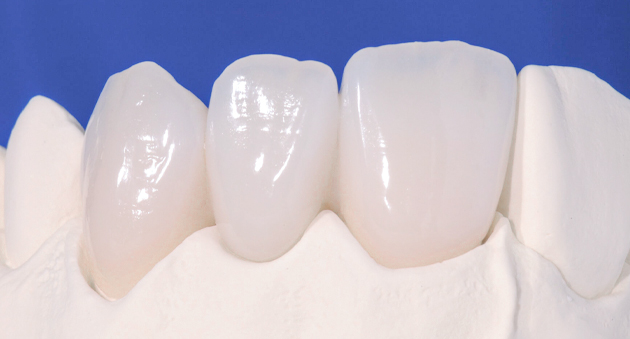
Emax veneers are 0.3 – 0.5mm thin, offering excellent durability while maintaining a natural translucency. They provide outstanding stain resistance, ensuring a long-lasting bright smile without discoloration. With proper care, Emax veneers can last up to 15 – 20 years. Compared to GC veneers, Emax is slightly less translucent, especially under strong lighting.

How Much Do Veneers Cost?
| Type of Veneer | Đơn giá (VNĐ) | Đơn vị | Bảo hành |
|---|---|---|---|
| Emax Veneers | 8,000,000 | Per tooth | 5 năm |
| Premium GC Veneers | 10,000,000 | Per tooth | 5 năm |

Ready for a brighter, healthier smile and newfound confidence? Start your journey today with a consultation from 3C’s expert dentists and specialists!



